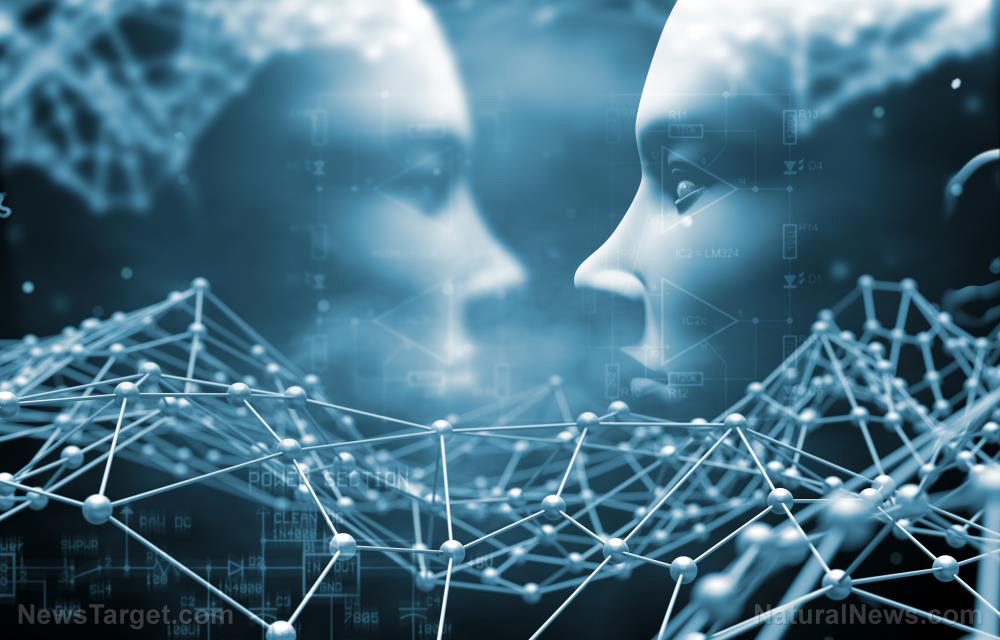
Advertisement
The world comes another step closer to the eerie mirror universe of Westworld, where robots cannot be distinguished from the humans they mimic. A New Atlas article reported on the recently-unveiled Furhat, a social robot that tilts its head and holds the gaze of its conversation partner.
The flagship product of a Swedish robotics company, the machine resembles the head of a department store mannequin. While generally human-like, it lacks certain features like eyes and a mouth.
Instead, LED lights at the back of the robot project a human-like face onto the semi-transparent face mask. Its designers claim this feature makes it easier for humans to relate to Furhat without triggering the uncanny valley reaction toward latex-skinned robots with moving eyes and lips.
“This is the culmination of many years of dedicated research and development both internally and through working with industry and technology partners,” claimed Samer Al Moubayed, the company’s chief executive officer. (Related: Robotic duck coming to children’s hospitals: The goal is social companionship and emotional health … and marketing.)
The more capable robots get, the scarier they become
The capabilities of robots and artificial intelligence have grown in leaps and bounds over the past few years. “Smart” voice assistants are increasing becoming the rule rather than the exception. On the physical side, even the largest machines can now perform fluid and graceful motions.
Problems arise when designers try to fit as many – or even all – of these features into a single robot. This challenge is further compounded in social robots because these particular machines need to make humans feel as relaxed as possible.

Results are mixed. There are designs that came straight out of a Saturday morning cartoon or the toys section of the department store. And then there are the ones that look and act so human that you want to drop them in a vat of molten steel, preferably before they start asking you where Sarah Connor is.
Swedish social robot can hold eye contact during chats
Furhat Robotics is aiming for the middle ground. The company devised a patented artificial intelligence that can talk with humans. This AI was paired with a movable base and a face tracking system that was fast enough to run in real time.
The robot uses a camera to keep track of its conversational partner. The base can go through three degrees’ worth of movement, so Furhat can adjust its position to ensure it does not break eye contact.
Its designers didn’t bother to replicate the texture of human skin. Nor did they give it movable eyes and lips. Instead, Furhat can be fitted with a face mask that will display the face projected by LEDs at the back of the “head.”
Projected faces are considered to be less scary than latex skin
The facial image projected by the back-lights can be changed according to preferences. In addition to visages of male and female humans, Furhat can also display a cartoon-like face that would be less frightening to children.
The facial features of these projections will change in real time. The shifts include blinking and mouth movement to simulate what a real human would be doing.
The use of back-projected faces instead of actual physical faces is a deliberate design choice. Most social robots try to copy every physical detail and movement of the human face.
However, servos and latex are poor substitutes for living muscle and real skin. So the robot’s attempts to smile and wink turn out to be as creepy as Arnold Schwarzenegger’s acting at his worst.
Furhat Robotics is courting customers in the business and corporate sectors. Its social robots could end up in theme parks and company meetings.
Sources include:
Submit a correction >>
This article may contain statements that reflect the opinion of the author
Advertisement
Advertisements
















